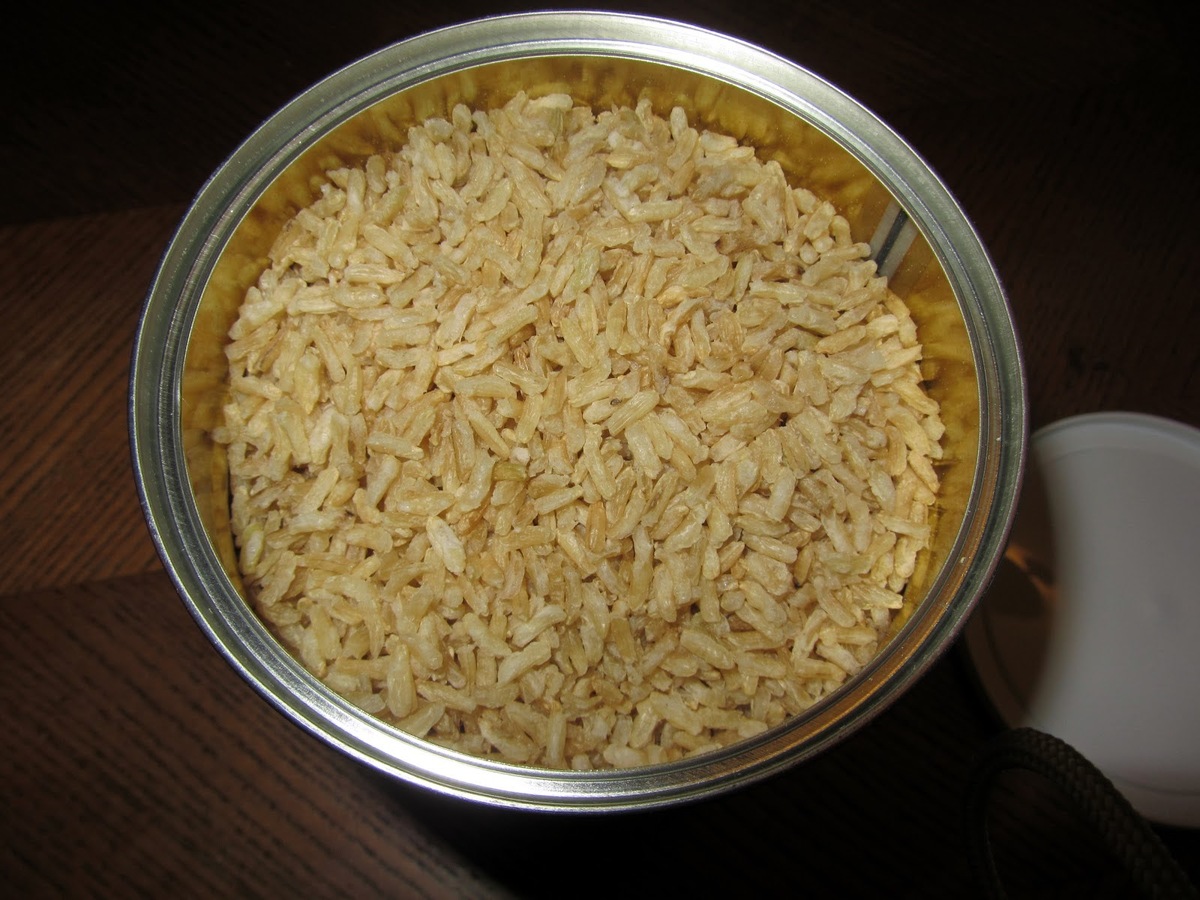

Articles
How To Store Brown Rice
Modified: April 23, 2024
Looking for articles on how to store brown rice? Discover our expert tips and tricks for keeping your brown rice fresh and flavorful for longer.
(Many of the links in this article redirect to a specific reviewed product. Your purchase of these products through affiliate links helps to generate commission for Storables.com, at no extra cost. Learn more)
Introduction
Brown rice is a nutritious and versatile grain that has gained popularity in recent years due to its numerous health benefits. Not only is it rich in fiber, essential minerals, and vitamins, but it also contains antioxidants that can help prevent chronic diseases. Whether you’re a health-conscious individual or simply enjoy the nutty flavor and chewy texture of brown rice in your meals, properly storing it is crucial to maintain its freshness and prolong its shelf life.
In this article, we will explore the various methods of storing brown rice to ensure its quality and taste are preserved. We will cover everything from choosing the right storage container to storing it in the pantry, freezer, and refrigerator. So let’s dive in and discover how to effectively store brown rice!
Key Takeaways:
- Properly storing brown rice ensures extended shelf life, cost savings, diverse meal options, and promotes healthy eating. Choose the right container, prepare, and store in pantry, freezer, or refrigerator for optimal freshness.
- To maintain the quality of brown rice, keep it dry, avoid temperature fluctuations, store in small portions, and regularly inspect for spoilage. Follow proper storage methods to enjoy its nutritious benefits in various recipes.
Read more: How To Store Brown Butter
Benefits of Storing Brown Rice
Properly storing brown rice not only ensures its freshness and taste but also offers several benefits. Here are some key advantages of storing brown rice:
- Extended Shelf Life: Brown rice, like all grains, has a limited shelf life due to its natural oils, which can turn rancid over time. By storing it properly, you can extend its shelf life and avoid wasting any unused portions.
- Cost Savings: Buying brown rice in bulk and storing it properly can save you money in the long run. It allows you to take advantage of bulk discounts and prevents you from needing to frequently purchase smaller packages.
- Promotes Healthy Eating: Having a ready supply of properly stored brown rice encourages you to incorporate it into your regular meals. Brown rice is a nutritious whole grain that offers dietary fiber, essential nutrients, and can support your overall health and well-being.
- Diverse Meal Options: Storing brown rice allows you to experiment with a variety of recipes and culinary creations. Whether you use it as a base for stir-fries, add it to soups, salads, or make delicious rice bowls, having well-stored brown rice on hand opens up a world of culinary possibilities.
- Saves Cooking Time: Preparing brown rice from scratch can be time-consuming. By storing it in advance, you can save time by having pre-cooked or parboiled brown rice ready to use in your favorite dishes.
By considering these benefits, it becomes evident that storing brown rice properly is not only practical but also advantageous for your health, wallet, and culinary creativity. Now that we understand the advantages, let’s move on to the next section, which focuses on choosing the right storage containers for brown rice.
Choosing the Right Storage Container
When it comes to storing brown rice, selecting the appropriate container is crucial to maintain its freshness and prevent it from spoiling. Here are some factors to consider when choosing the right storage container:
- Airtight: Opt for containers that have a tight-sealing lid to keep moisture and air out. This helps to preserve the flavor, texture, and nutritional value of the brown rice.
- Opaque and Light-Resistant: Brown rice is sensitive to light and can be negatively affected by exposure to sunlight or fluorescent lighting. Therefore, choose containers that are opaque or have a dark-colored exterior to block out light and prevent the rice from becoming discolored or rancid.
- Food-Grade Material: Use containers made from food-grade materials like glass, stainless steel, or BPA-free plastic to ensure that there are no harmful chemicals leaching into the rice. Avoid containers made of reactive materials like copper or aluminum, which can alter the taste and quality of the rice.
- Size and Capacity: Select a container that can accommodate the amount of brown rice you plan to store. It should have enough space to leave room for proper airflow and avoid compressing the rice.
Some great container options for storing brown rice include glass jars with airtight lids, ceramic containers, or BPA-free plastic containers specifically designed for storing grains. Mason jars with screw-top lids are also a popular choice as they provide an airtight seal and are available in various sizes.
Remember to clean the storage container thoroughly before transferring the brown rice into it. Any residual oils or contaminants can lead to spoilage or off-flavors in the rice. Now that we have the appropriate containers selected, let’s move on to the next step: preparing the brown rice for storage.
Preparing Brown Rice for Storage
Before storing brown rice, it’s essential to properly prepare it to maintain its quality and prevent any potential issues down the line. Here are some steps to follow when preparing brown rice for storage:
- Cleaning: Begin by inspecting the brown rice for any foreign objects, stones, or debris. Rinse the rice thoroughly under cold water to remove any dust or residual dirt.
- Drying: After rinsing, spread the brown rice evenly on a clean kitchen towel or baking sheet. Allow it to air dry for a few hours or until it is completely moisture-free. Make sure the rice is entirely dry before transferring it to the storage container, as any remaining moisture can lead to a loss of freshness and promote the growth of mold or bacteria.
- Optional Treatment: To extend the shelf life of brown rice, you can consider treating it before storage. Place the rice in a heat-resistant bowl and pour boiling water over it. Let it sit for a few minutes, then drain and rinse again under cold water. This process, known as parboiling, helps to remove any residual oils and can prevent the rice from going rancid quickly.
By following these preparation steps, you are ensuring that the brown rice is clean, dry, and ready for storage. Next, we will explore the various methods of storing brown rice, including storing it in the pantry, freezer, and refrigerator.
Storing Brown Rice in the Pantry
The pantry is a popular storage option for brown rice as it provides a cool, dry, and dark environment. Here are the steps to properly store brown rice in the pantry:
- Transfer to airtight containers: Once the brown rice is dry and prepared, transfer it to airtight containers to maintain freshness and protect it from moisture, pests, and odors. Make sure to label the containers with the date of storage to keep track of the rice’s freshness.
- Select a cool and dry location: Place the containers of brown rice in a cool and dry part of your pantry, away from sources of heat, sunlight, and humidity. Avoid storing it near the stove, oven, or dishwasher, as the heat and moisture can affect its quality.
- Keep away from strong odors: Brown rice has a tendency to absorb odors, so it’s important to store it away from strong-smelling foods or spices to prevent any flavor contamination.
- Rotate and use within recommended time: Brown rice typically has a shelf life of 6 to 12 months when stored in the pantry. It’s recommended to use it within this time frame for the best quality and taste. By practicing the “first in, first out” method, you can ensure that older rice is used first before newer batches.
Storing brown rice in the pantry is a convenient option that allows easy access for regular cooking. However, if you have a large stock of brown rice or want to prolong its shelf life even further, you may consider storing it in the freezer or refrigerator, which we will discuss next.
Store brown rice in an airtight container in a cool, dry place, away from direct sunlight. This will help to preserve its freshness and prevent it from spoiling.
Storing Brown Rice in the Freezer
Freezing brown rice can be an excellent option for long-term storage, especially if you have a large quantity that you want to preserve. Here’s how to properly store brown rice in the freezer:
- Prep and package: Start by cooling the cooked brown rice completely. Once cooled, divide it into smaller portion sizes that you typically use in your recipes. Place each portion in a freezer-safe, airtight container or freezer bags. Make sure to remove any excess air to prevent freezer burn.
- Label and date: Label each container or bag with the date of freezing. This will help you keep track of the storage time and ensure you consume the rice within the recommended time frame.
- Freeze: Place the packaged brown rice in the freezer, ensuring that it is stored in a flat and stable position. This will help prevent the rice from getting squished or deformed.
Brown rice stored in the freezer can typically last for up to 6 months or longer without any significant loss in quality. When you’re ready to use the frozen brown rice, simply thaw it in the refrigerator overnight or reheat it directly from frozen on the stovetop or in the microwave.
Freezing brown rice is a convenient way to have pre-cooked rice readily available for quick and easy meals. However, if you prefer a shorter storage option with easier access, you may consider storing brown rice in the refrigerator, which we’ll discuss next.
Storing Brown Rice in the Refrigerator
If you want to store brown rice for a shorter period and maintain its freshness without freezing, storing it in the refrigerator is a suitable option. Here’s how to do it:
- Cool and package: Allow the cooked brown rice to cool completely before storing it. Once cooled, transfer it to airtight containers or resealable bags. Ensure that all containers or bags are tightly sealed to prevent moisture and odors from entering.
- Label and date: Label each container or bag with the date of storage to keep track of its freshness.
- Refrigerate: Place the packaged brown rice in the refrigerator, preferably on a shelf rather than the door. This will help maintain a consistent temperature and prevent fluctuations that can affect the rice’s quality.
In the refrigerator, brown rice can typically stay fresh for around 4-6 days. Be sure to check for any signs of spoilage, such as an unusual odor or mold growth, before consuming stored rice.
Storing brown rice in the refrigerator provides a convenient storage method, especially for small batches that you plan to use within a few days. Now that we’ve covered the different storage methods, let’s go over some essential tips for properly storing brown rice.
Tips for Properly Storing Brown Rice
To ensure the longevity and quality of your stored brown rice, consider the following tips:
- Keep it dry: Moisture is the enemy of stored rice as it can lead to mold or bacterial growth. Make sure the rice is thoroughly dry before storing it and keep it away from any humid environments.
- Avoid temperature fluctuations: Fluctuations in temperature can affect the quality and shelf life of brown rice. Store it in a cool and stable environment, away from sources of heat.
- Store in small portions: Divide your brown rice into smaller portions before storing. This allows you to only expose the portion you need, minimizing the risk of contamination or spoilage of the entire batch.
- Rotate regularly: Practice a “first in, first out” approach by using older rice before newer purchases. This ensures that the stored rice is used within its recommended timeframe.
- Check for signs of spoilage: Regularly inspect stored brown rice for any unusual smells, discoloration, or signs of mold. If you detect any signs of spoilage, discard the rice immediately.
- Avoid excessive handling: Each time you open the storage container, moisture and air can enter. Minimize unnecessary exposure by only opening the container when you need to use the rice.
- Keep pests away: Rice can attract pests like insects and rodents. Ensure your storage area is clean and free from any potential infestation. Consider adding an extra layer of protection by using pest-proof containers or adding bay leaves to deter pests.
By following these tips, you can ensure that your brown rice remains fresh, flavorful, and ready to use for an extended period.
Now, let’s address some frequently asked questions about storing brown rice to provide further clarity and guidance.
Frequently Asked Questions (FAQs)
1. Can I store uncooked brown rice?
Yes, you can store uncooked brown rice following the same guidelines mentioned earlier. Ensure it is clean, dry, and stored in airtight containers in a cool and dark place.
2. How long can I store brown rice?
Properly stored, brown rice can last anywhere from 6 months to 1 year in the pantry, up to 6 months in the freezer, and around 4-6 days in the refrigerator.
3. Can I store brown rice together with other grains?
It is generally recommended to store brown rice separately from other grains to prevent cross-contamination of flavors and odors.
4. What are the signs that brown rice has gone bad?
Signs of spoiled brown rice include a rancid or off smell, unusual discoloration, presence of molds, or a sour taste. If you notice any of these signs, it’s best to discard the rice.
5. Can I store brown rice in the original packaging?
The original packaging of brown rice is usually not airtight, so it is advisable to transfer the rice to airtight containers or bags to preserve its freshness.
6. Can I cook stored brown rice directly?
Yes, you can cook stored brown rice directly without the need for any pre-soaking. Follow the cooking instructions on the package or adjust cooking time as needed.
Remember, proper storage techniques and attentive monitoring of your stored brown rice will help maintain its quality and ensure safe consumption.
Now, let’s conclude our article on how to store brown rice.
Read more: How Do You Cook Brown Rice In A Rice Cooker
Conclusion
Properly storing brown rice is essential for maintaining its freshness, flavor, and nutritional value. By following the tips and methods outlined in this article, you can ensure that your brown rice stays in top condition for an extended period.
Choosing the right storage container, such as airtight containers made of glass or BPA-free plastic, is crucial for preserving the quality of the rice. Preparing the brown rice by cleaning, drying, and optionally parboiling it helps to prevent spoilage and rancidity.
Storing brown rice in the pantry offers a convenient solution for short-term storage, while freezing the rice in portions provides a longer shelf life. Refrigerator storage is ideal for smaller quantities that you plan to use within a few days.
By adhering to proper storage practices, such as keeping the rice dry, protecting it from temperature fluctuations, and inspecting for signs of spoilage, you can ensure that your stored brown rice remains fresh and safe to consume.
So, stock up on brown rice, choose the suitable storage method based on your needs, and enjoy its nutritious benefits and delicious taste in various recipes. With proper storage, you can make brown rice an essential staple in your pantry for many months to come.
Remember, optimizing storage conditions not only helps maintain the quality of your brown rice but also promotes a healthy and sustainable lifestyle. So, take the necessary steps to store your brown rice properly and enjoy its benefits in your everyday meals!
Frequently Asked Questions about How To Store Brown Rice
Was this page helpful?
At Storables.com, we guarantee accurate and reliable information. Our content, validated by Expert Board Contributors, is crafted following stringent Editorial Policies. We're committed to providing you with well-researched, expert-backed insights for all your informational needs.
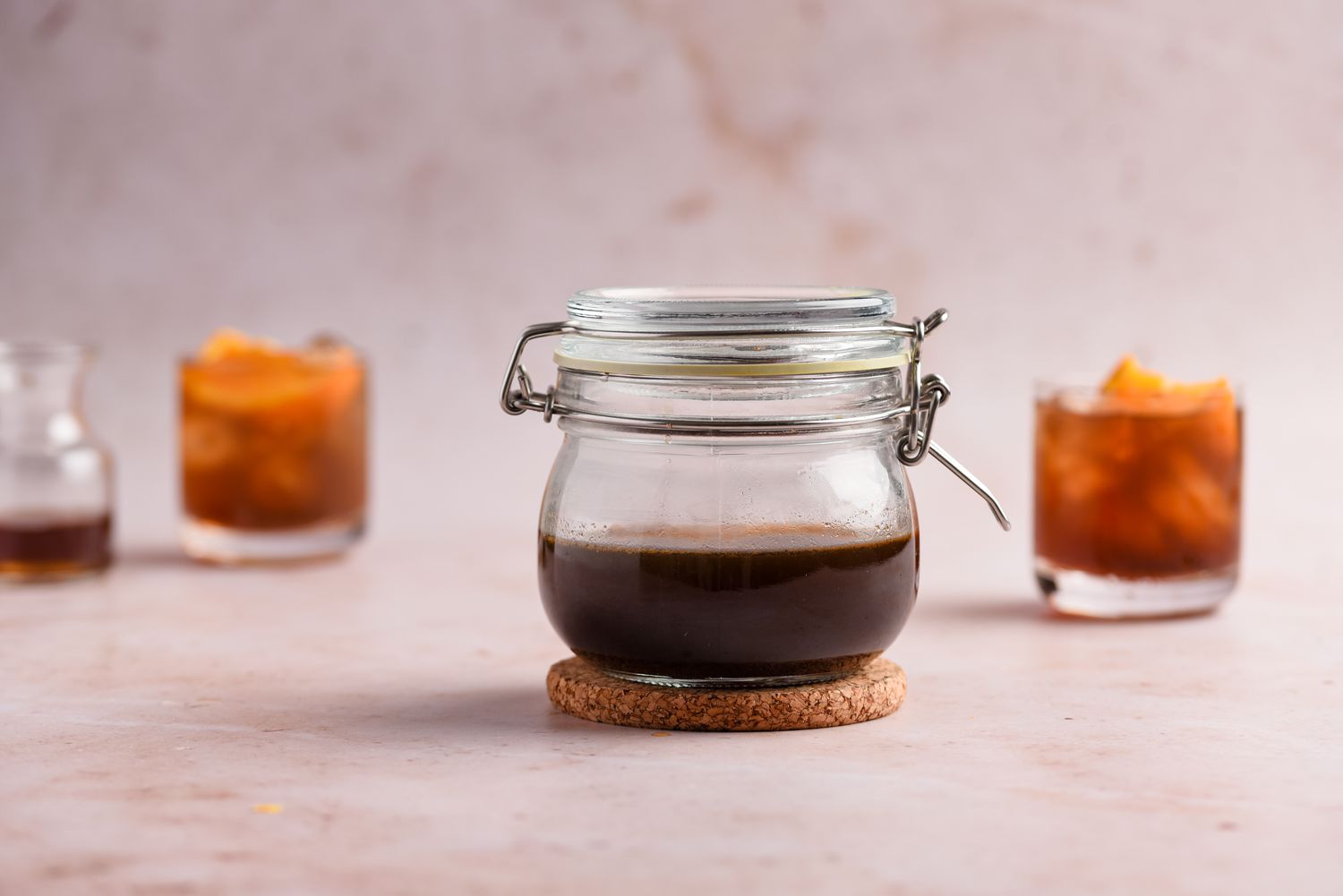
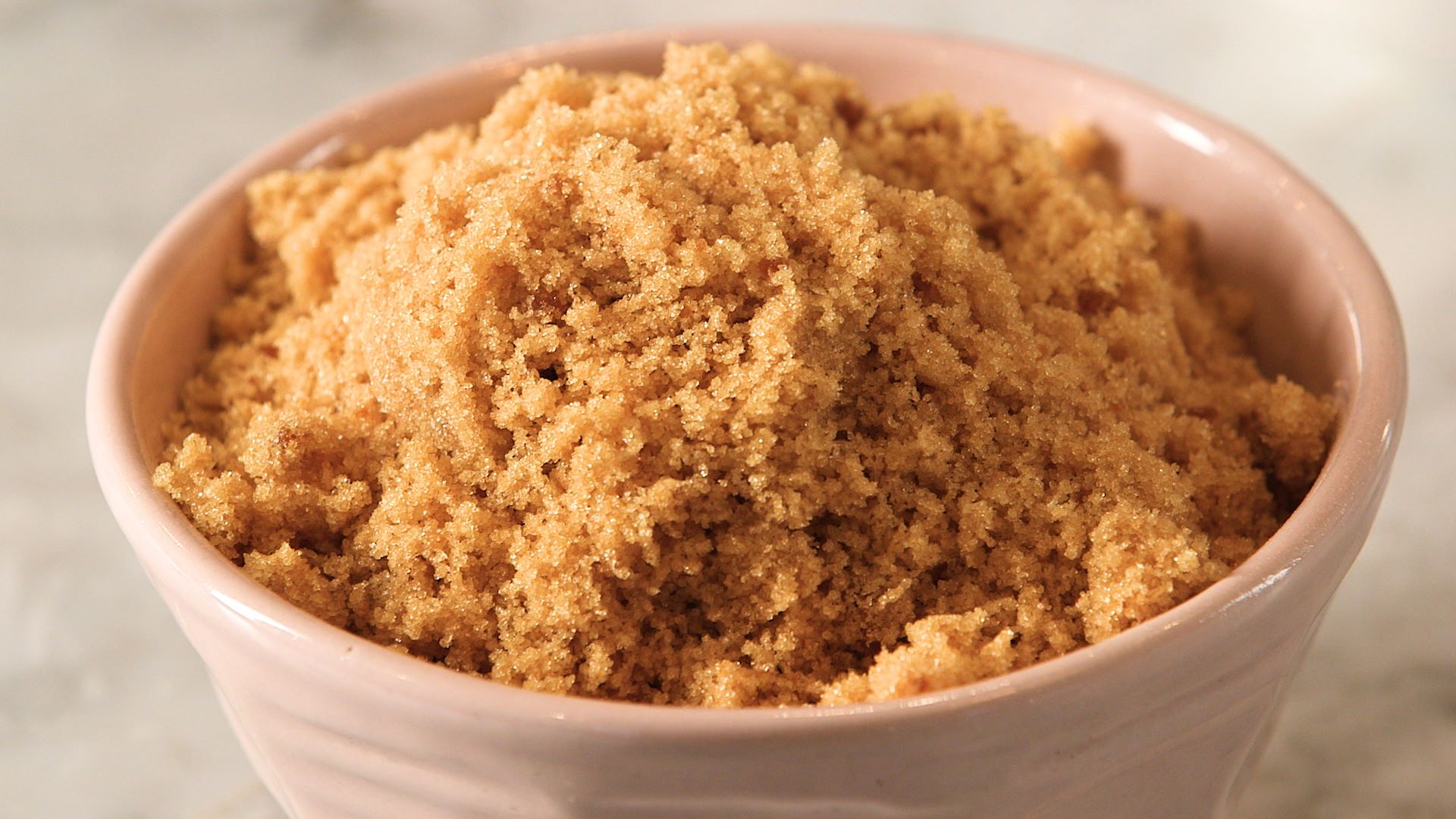
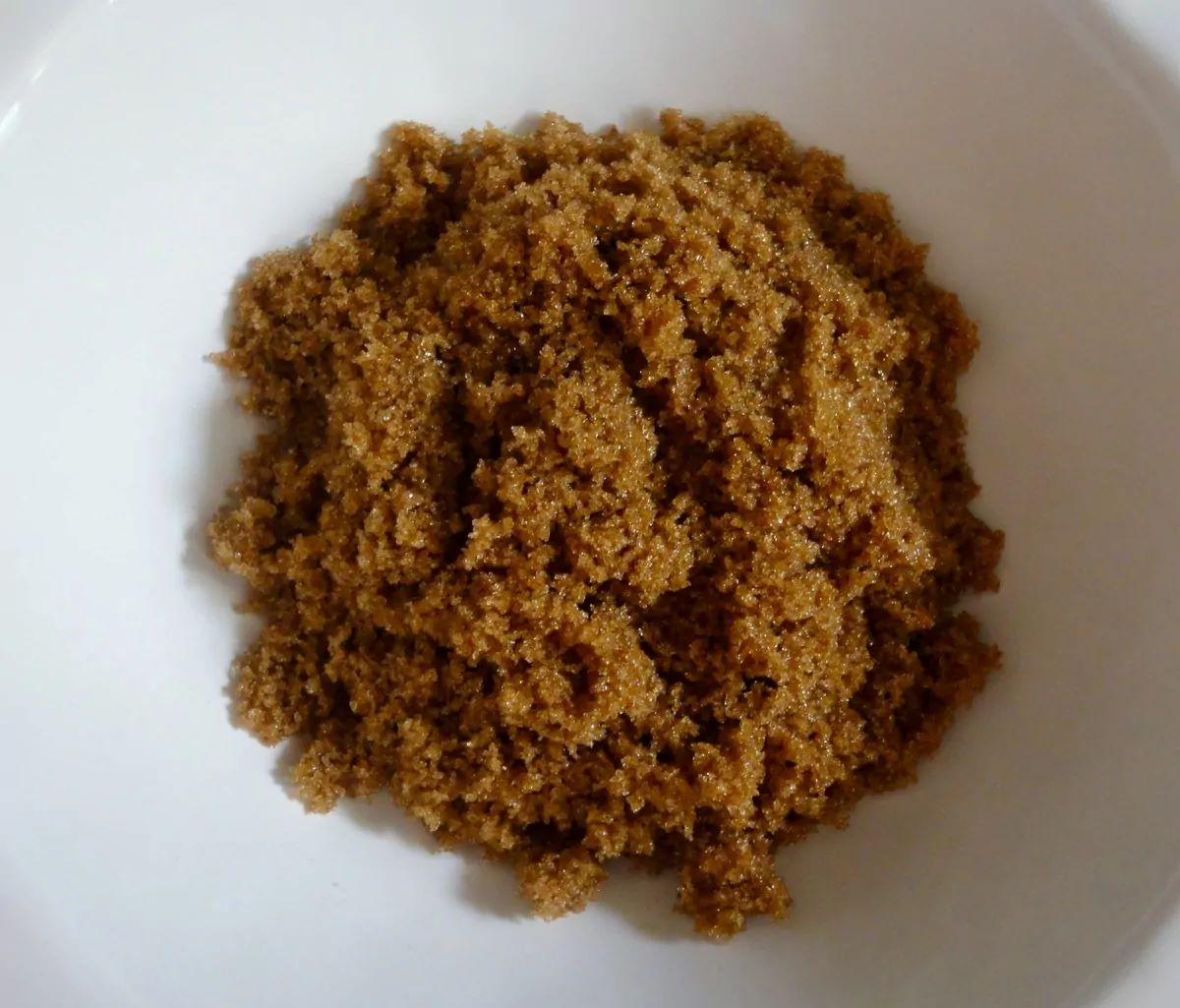
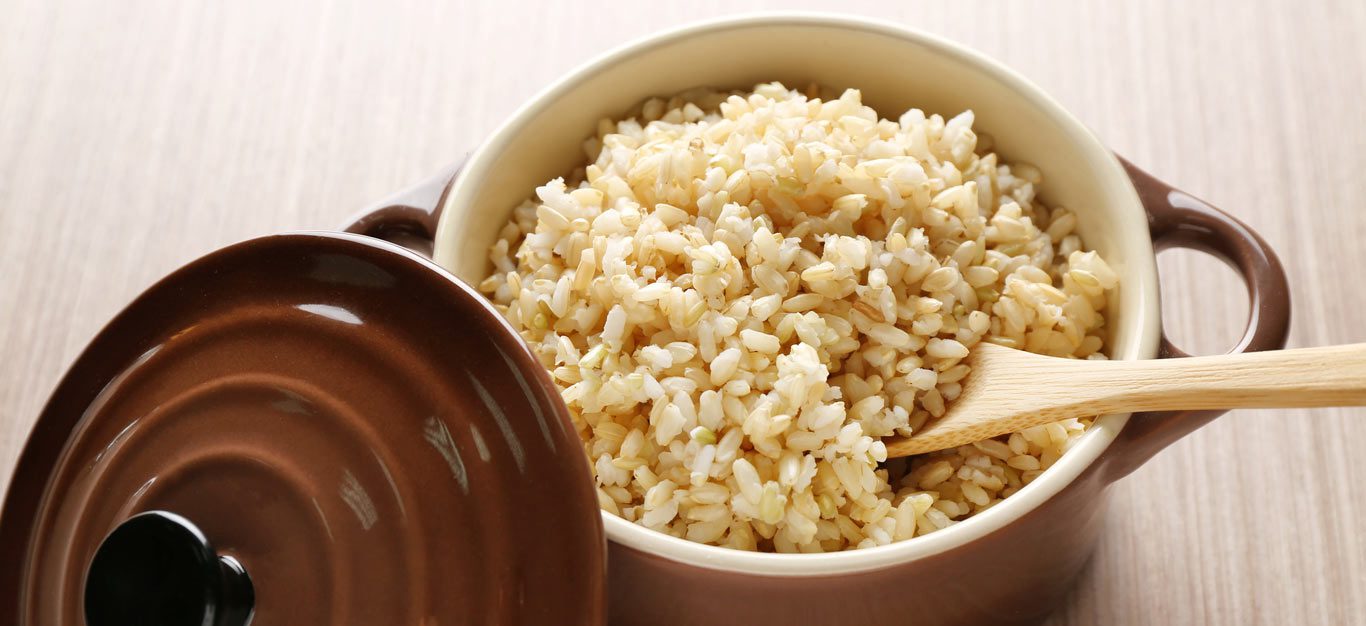
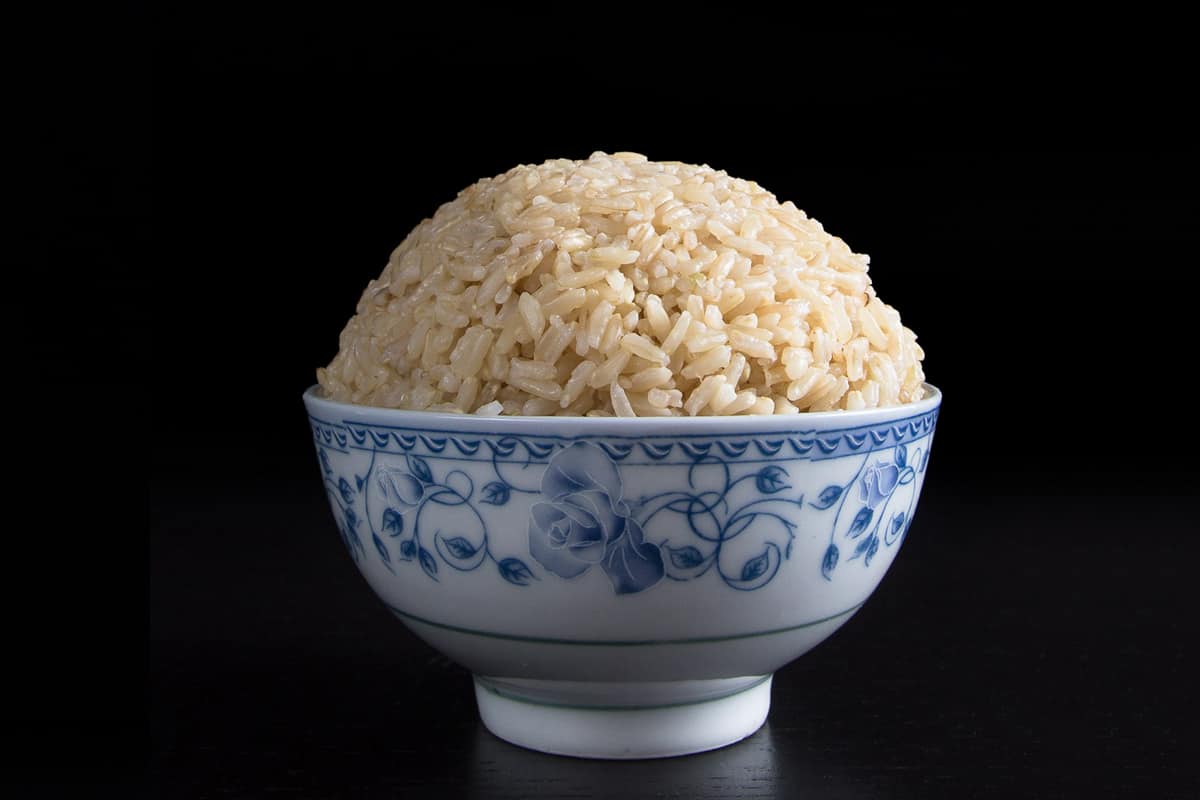
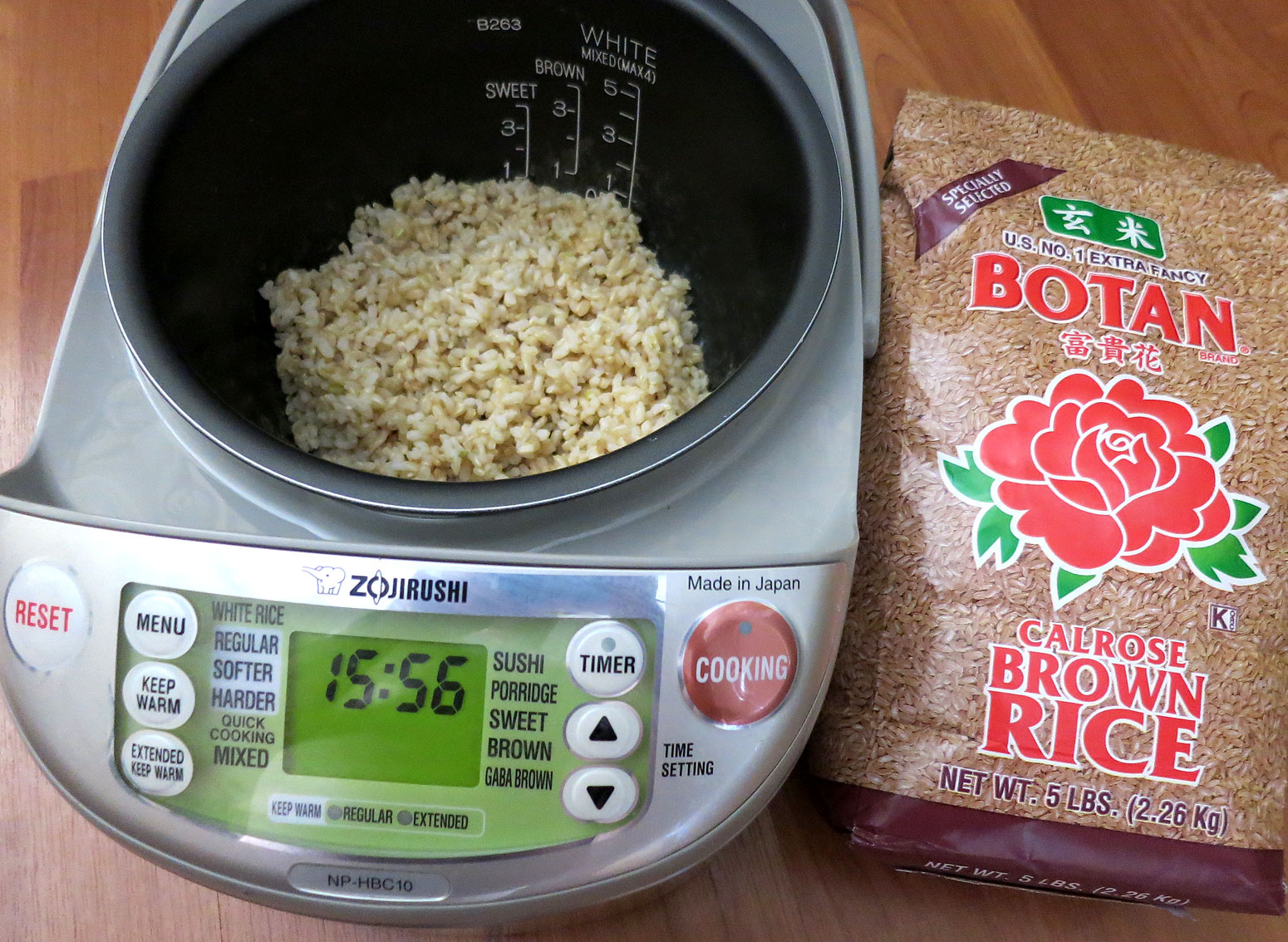
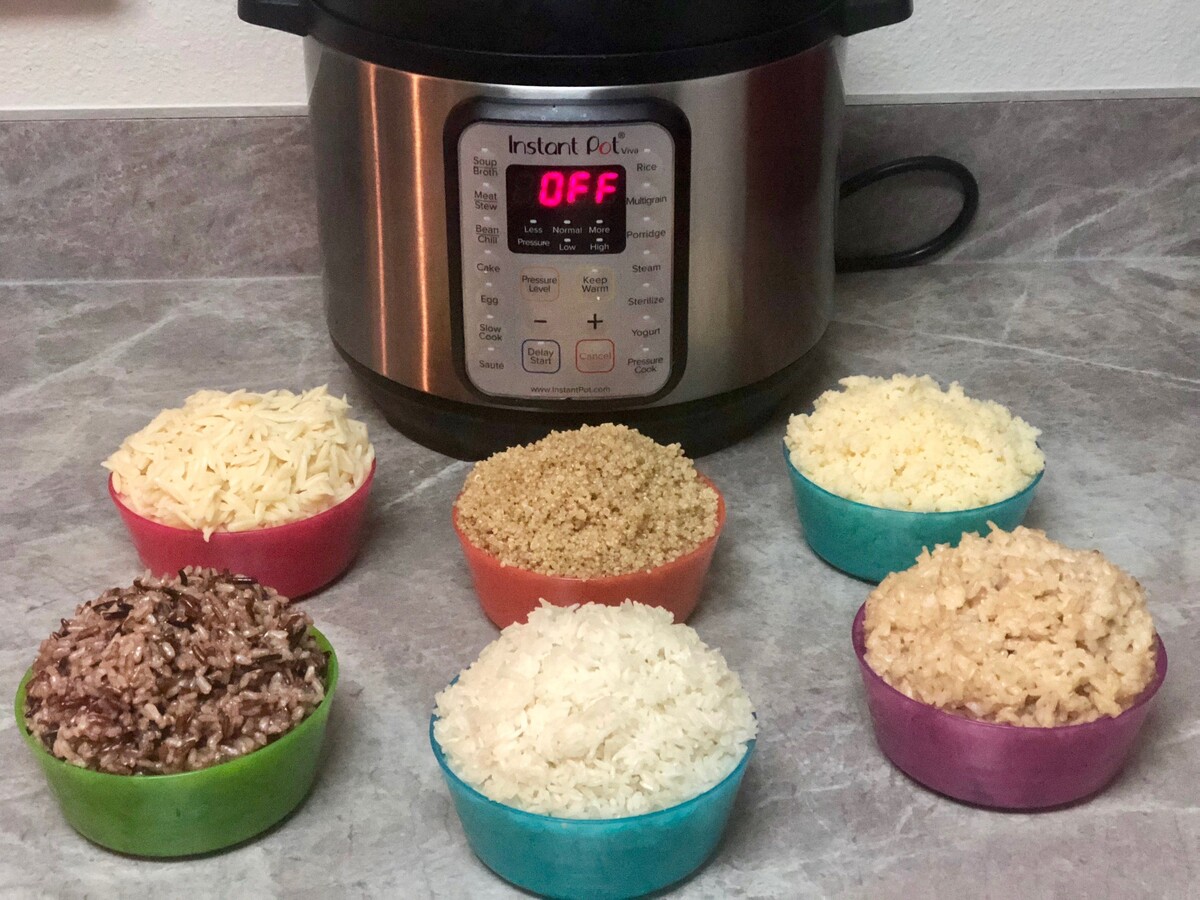
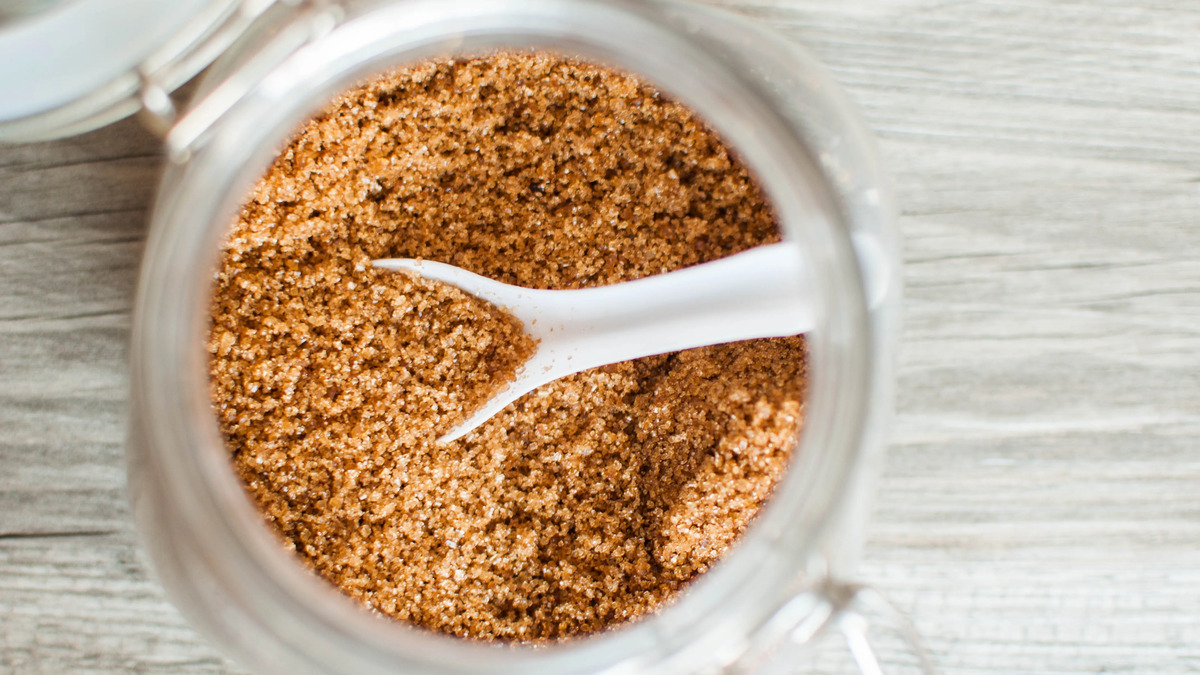
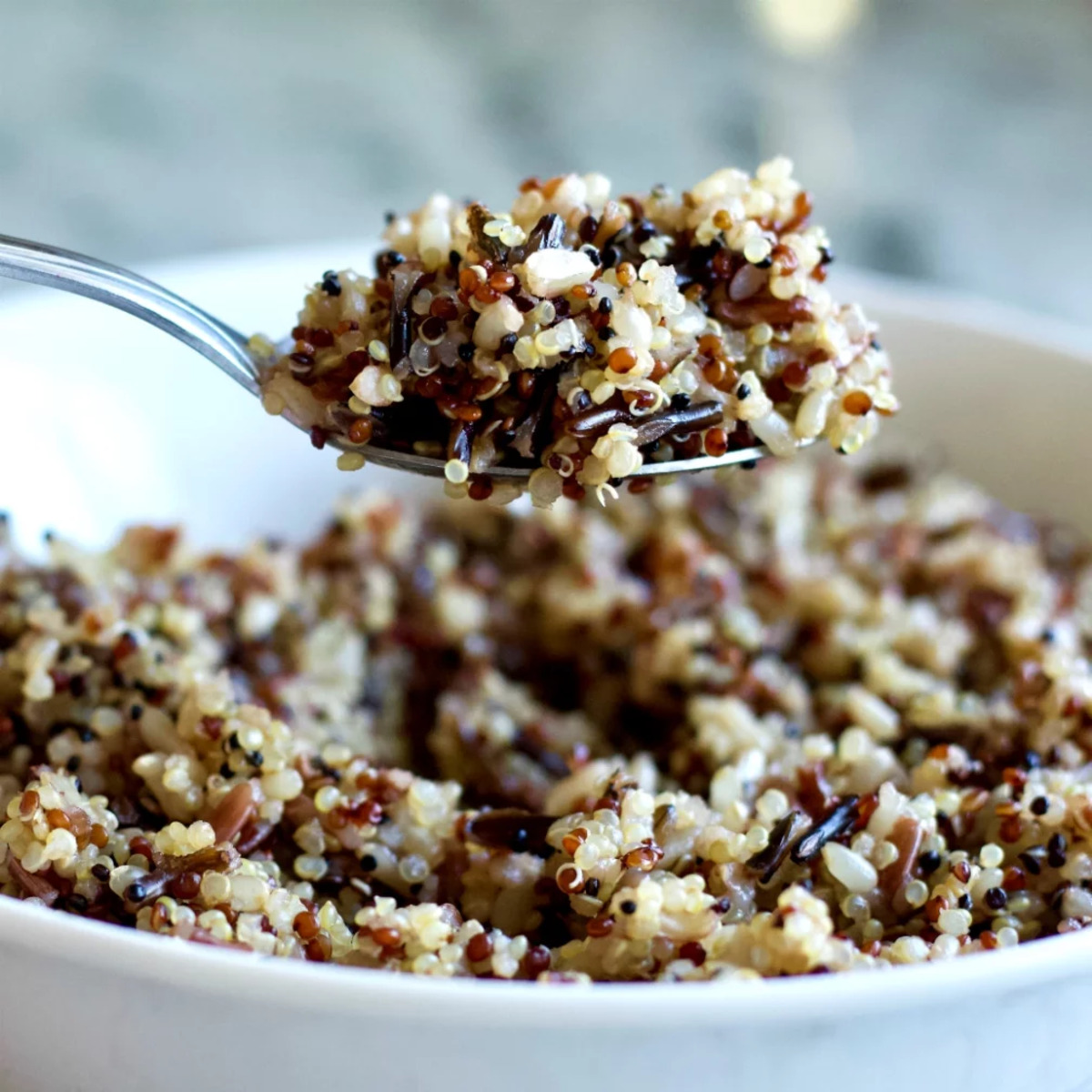
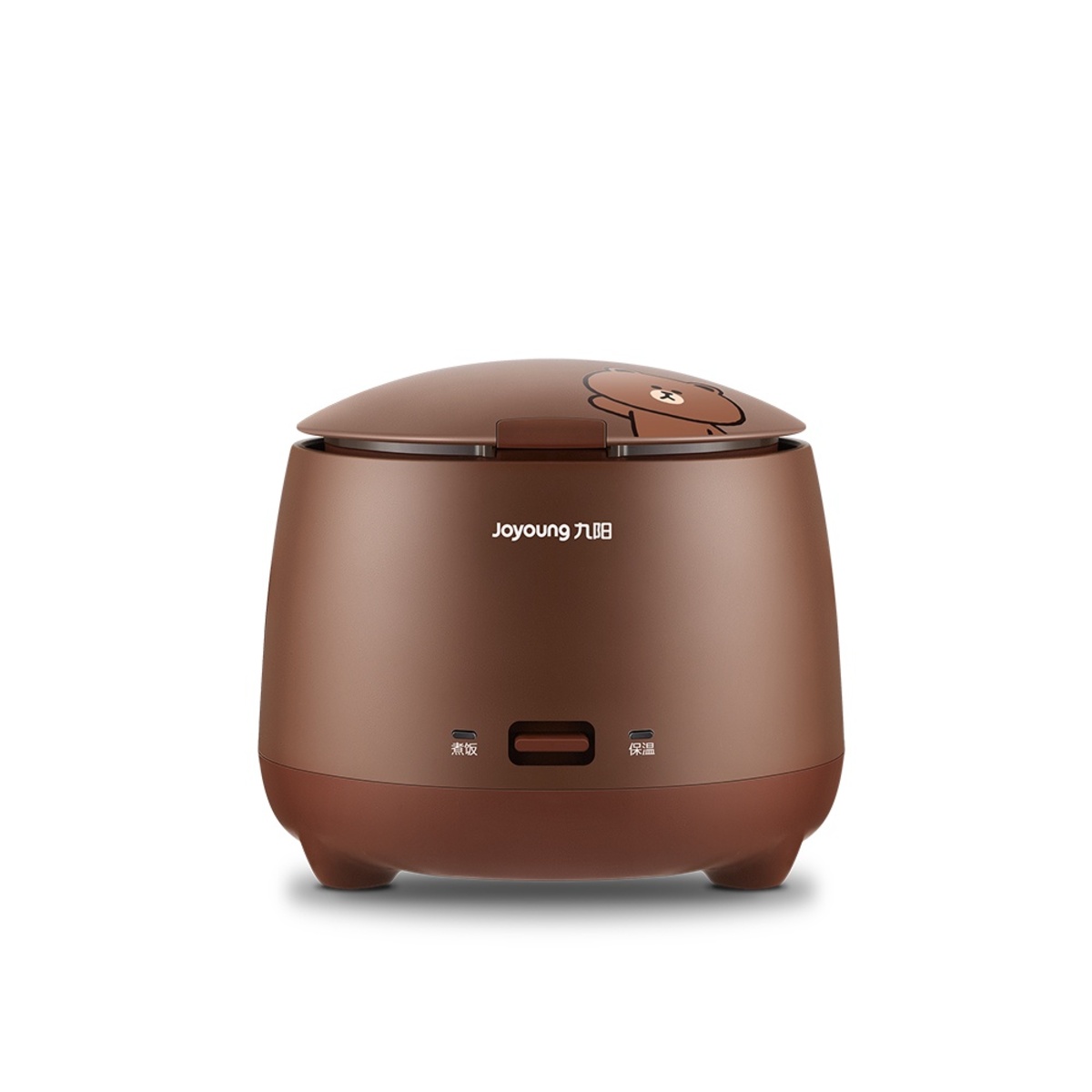
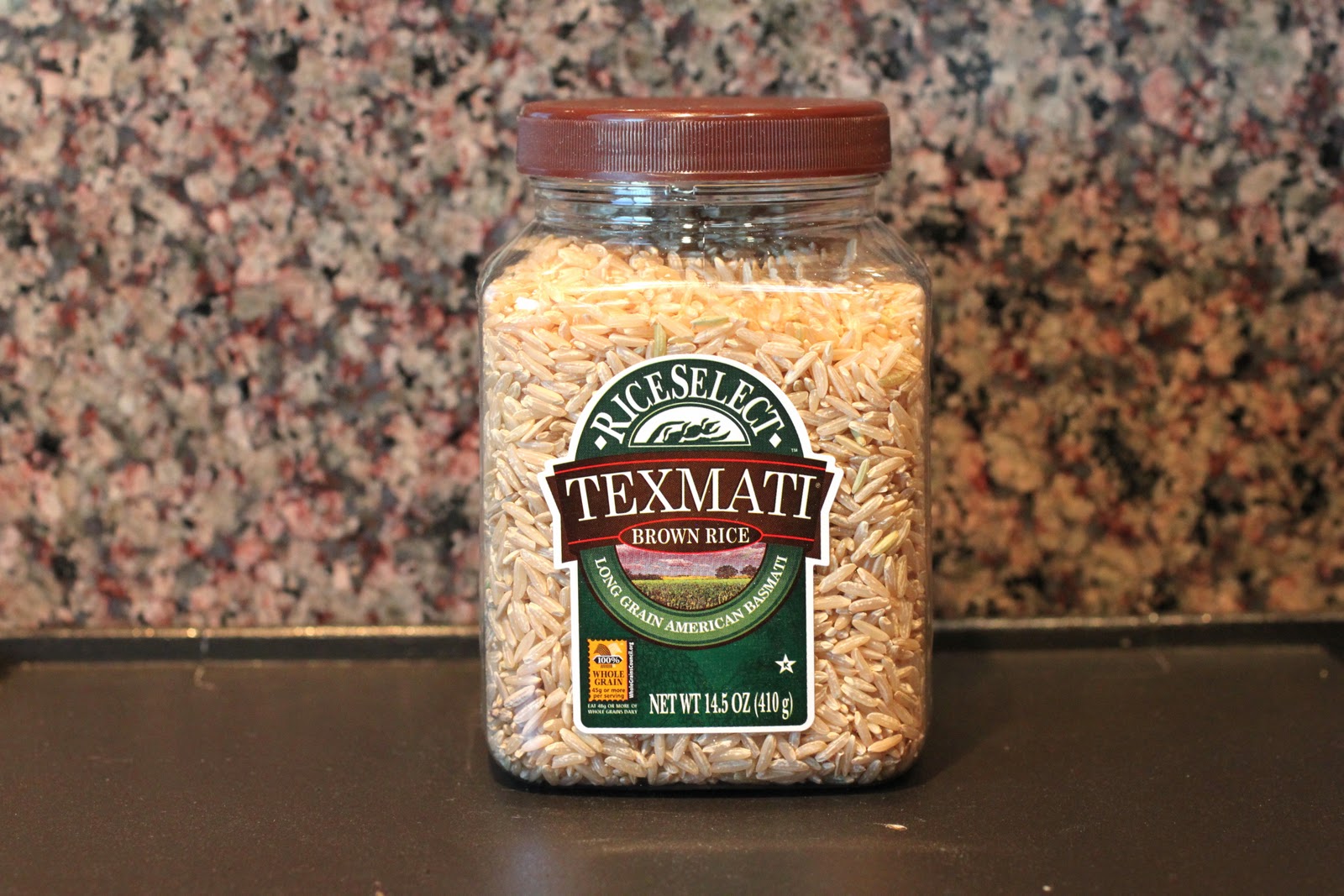
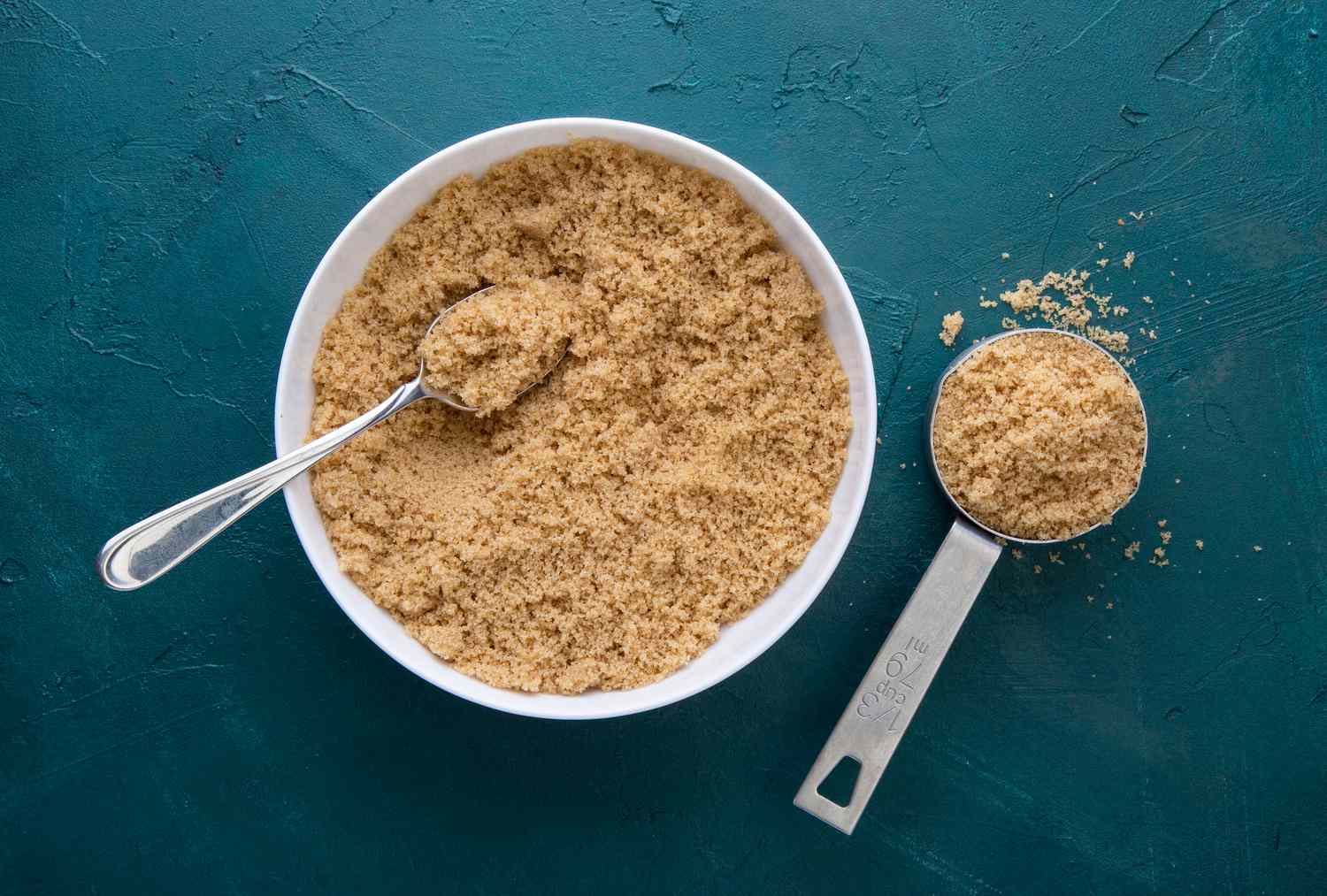
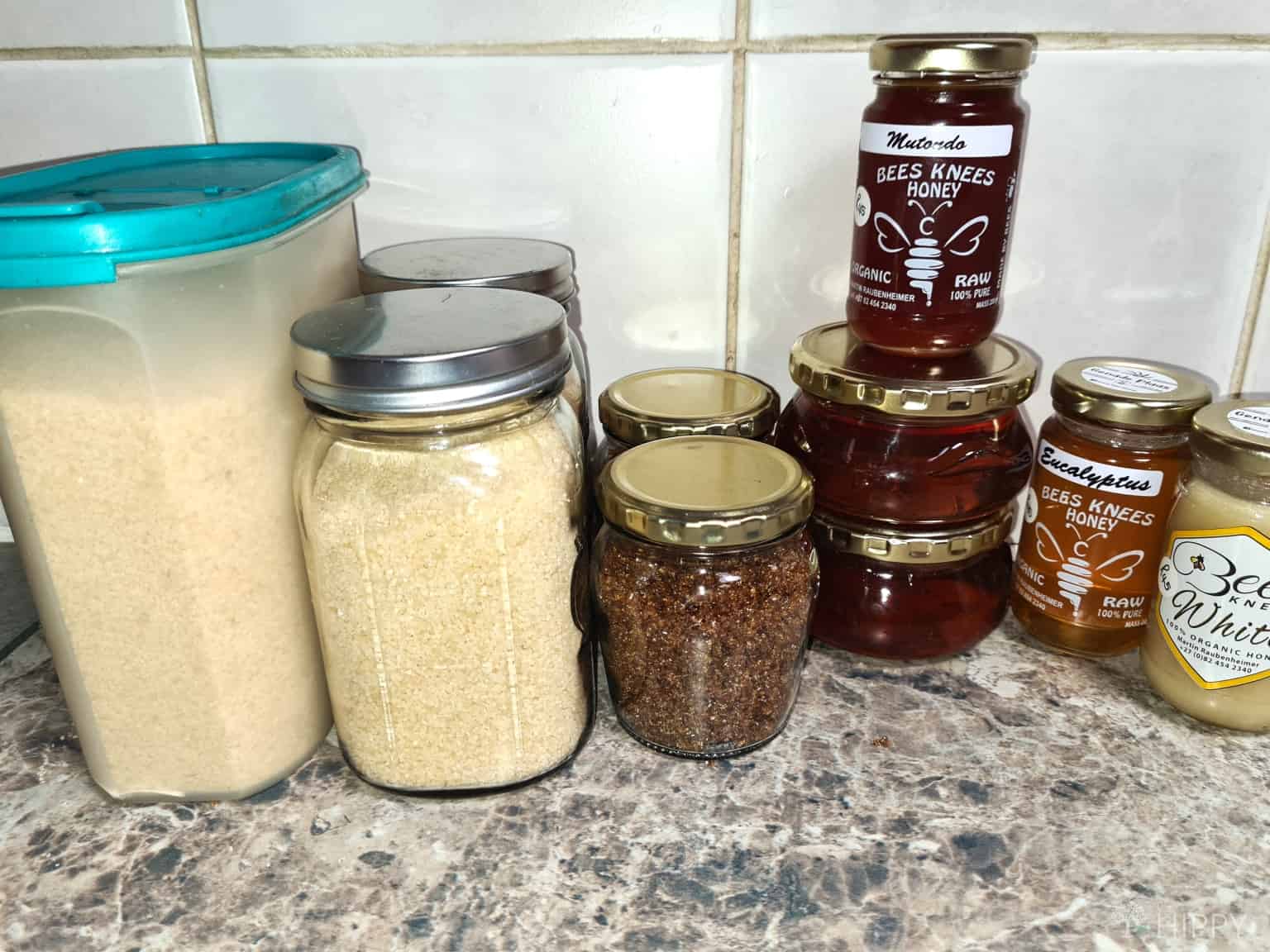

0 thoughts on “How To Store Brown Rice”